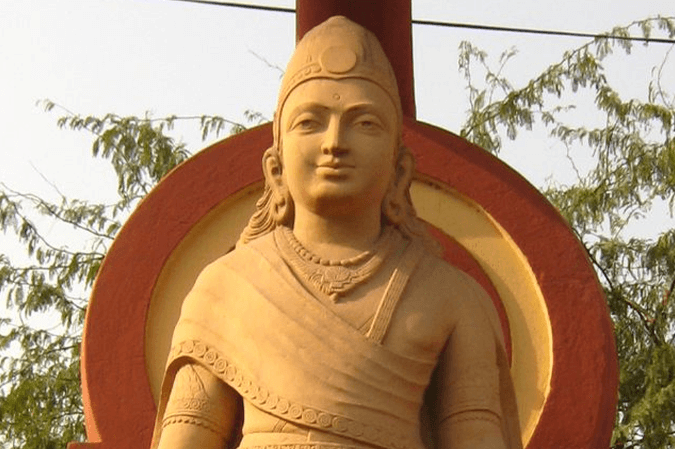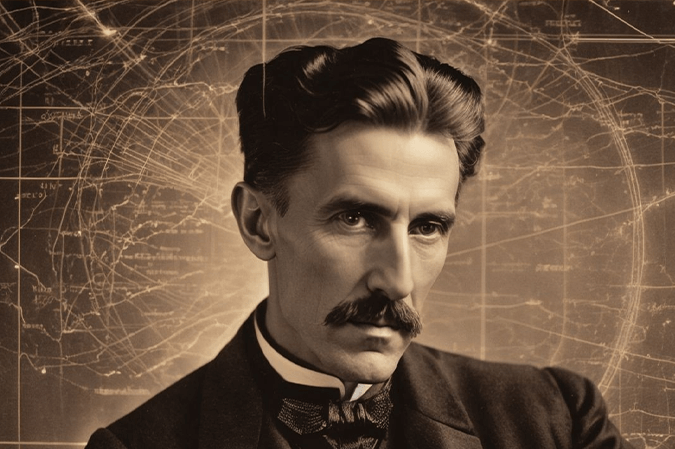The uniqueness of His Name
Chandragupta Maurya is a name that signifies leadership, unity, and the founding of an empire. Born around 350 BCE, he was the founder of the Maurya Empire, which became the first centralized empire in India. The name “Chandragupta” can be translated as “protected by the moon,” symbolizing a ruler under divine favor and guidance. His reign from 322 BCE to 298 BCE marked a significant turning point in Indian history, as he successfully unified much of the Indian subcontinent under one rule.
Other Names Associated with Chandragupta Maurya
Chandragupta Maurya is often associated with several titles and figures that highlight his significance:
- Sandrakottos: This is how he was known to the Greeks, reflecting his interactions with Hellenistic cultures.
- Kautilya’s Disciple: This title emphasizes his close relationship with his mentor, Chanakya (also known as Kautilya), who played a crucial role in his rise to power.
- The Unifier of India: This designation underscores his achievement in establishing one of the first pan-Indian empires.
These names illustrate how Chandragupta has been memorialized in various contexts, reinforcing his status as a pivotal figure in Indian history.
Cultural Significance
Chandragupta’s reign marked a transformative era in ancient India, characterized by the establishment of a centralized government and economic prosperity. His successful overthrow of the Nanda Dynasty laid the foundation for the Maurya Empire, which expanded significantly under his leadership. The empire was notable for its promotion of trade, agriculture, and infrastructure development.
His relationship with Chanakya was instrumental; together, they formulated strategies that combined military prowess with political acumen. The Arthashastra, attributed to Chanakya, provided guidelines on governance, economics, and military tactics, shaping the administrative framework of the Mauryan Empire.
Historical Context
The Maurya Empire was founded in 322 BCE after Chandragupta defeated the last Nanda ruler. Taking advantage of the political chaos following Alexander the Great’s invasion, he consolidated power across northern India. By 316 BCE, he had expanded his territory to include regions as far west as Bactria (modern Afghanistan) after defeating the satraps left by Alexander.
Chandragupta’s administration was characterized by a structured bureaucratic system that facilitated governance across vast territories. He established Pataliputra (modern Patna) as the capital and implemented policies that promoted trade and agriculture while ensuring security through a powerful military presence.
Legacy and Commemoration
Chandragupta’s legacy endures as a symbol of unity and strength in Indian history. His establishment of one of the largest empires in ancient India set precedents for future rulers. The Arthashastra remains a significant text in political science and economics, reflecting his emphasis on effective governance.
Monuments commemorating Chandragupta can be found across India, including inscriptions that celebrate his achievements and contributions to Indian civilization. His story continues to inspire discussions about leadership and statecraft.
Modern Significance of His Name
Today, Chandragupta Maurya’s name represents more than historical rulership; it embodies ongoing discussions about governance, unity, and national identity in India. His legacy is invoked in various contexts, including political discourse and educational curricula focused on ancient Indian history.
Cultural organizations honor Chandragupta through events that promote awareness about India’s rich historical heritage. His story resonates with those advocating for strong leadership and unity in contemporary society.
Conclusion
Chandragupta Maurya remains an enduring figure whose life encapsulates themes of leadership, unity, and strategic governance. His unique name reflects a historical legacy intertwined with the establishment of one of India’s first great empires. Exploring his legacy—his name, cultural significance, historical context, and modern relevance—provides insight into how one individual’s actions can shape an entire civilization.
Chandragupta’s story challenges us to recognize all individuals’ contributions to history while reminding us that the quest for unity and effective governance is ongoing. His legacy encourages contemporary society to reflect on its values and strive toward inclusivity and strength for all citizens.
Sources:
- “Chandragupta Maurya – Wikipedia.”
- “Chandragupta Maurya Biography – History, Period, Death, and FAQs – Vedantu.”
- “Rise of the Maurya Empire | World Civilization.”
- “The Maurya and Gupta Empires – Khan Academy.”
- “Chandragupta Maurya – World History Encyclopedia.”
- “Maurya Empire – Wikipedia.”
- Image Source: upload.wikimedia.org



